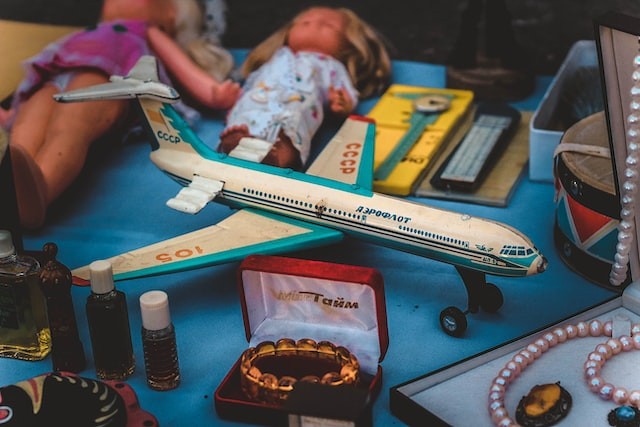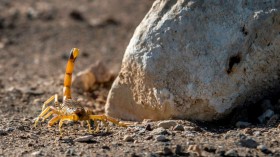When researchers evaluated a huge number of old plastic toys and dress-up items, they discovered that 84% of the products had chemicals that can affect children's growth and development and reproductive capacity.
According to the experts, these pollutants will be an impediment to the future circular economy based on reuse and recycling.
Toxics in old toys
 (Photo : Ignat Kushanrev/Unsplash)
(Photo : Ignat Kushanrev/Unsplash)

The present use-and-dispose behavior wastes and depletes the Earth's scarce resources.
The European Parliament established a Circular Economy Action Plan in 2021, as per ScienceDaily, which promotes the reusing, repairing, and recycling of objects and resources.
But the question is whether all products can be reused.
University of Gothenburg researchers recently released a study in the Journal of Hazardous Materials Advances demonstrating that old toys and dress-up goods may contain dangerous chemicals that might cause cancer, harm DNA, or impair children's future reproductive capacity.
According to the study, the majority of the older toys and goods (84%) had amounts of chemicals that exceeded current regulatory limits.
A total of 30% of the newer toys and products exceeded the permissible limits as well.
The older toys, on the other hand, were noticeably poorer.
Toxic substance concentrations were substantially greater in older goods.
According to Bethanie Carney Almroth, several of the old balls had phthalate concentrations totaling more than 40% of the toy's weight, which is 400 times the legal limit.
The Toy Safety Directive, the EU regulation on the chemical composition of toys, restricts the allowable levels of a variety of chemical compounds present in toys in an attempt to safeguard children's health and safety.
Under the Toy Safety Directive, the acceptable limit levels for new toys are now 0.1% by weight for phthalates and 0.15% by weight for short-chain chlorinated paraffin.
According to the findings, reusing and recycling is not always beneficial.
A more circular economy necessitates bans and other governmental actions to eliminate dangerous compounds from plastic and other products.
Although the Toy Safety Directive has been critical in lowering the prevalence of dangerous chemicals in toys, it only applies to new toys, not old ones, according to Daniel Slunge, Environmental Economist at the University of Gothenburg.
Also Read: Scientists Creates Enzyme that Breaks Down Plastics Turning Centuries of Degradation Into Days
Toys are made of what kind of plastic?
Plastic toys are harmful to children and newborns because of a mix of a few chemicals, most of which are contained in PVC plastics, as per Green Child Magazine.
And some of the hazards stem from how the toys are handled, as well as whether they wind up in a child's mouth.
PVC is the most harmful material due to the additives put into it. It is used in almost every soft plastic toy.
Worse, it may be found in newborn goods such as teething rings, bath toys, and squeeze toys.
One of the most dangerous impacts of plastic toys, as well as the greatest safety concern associated with these poisons, is that they can leak out, particularly when newborns or children put the toys in their mouths.
Since 2007, the year of the lead toy recall, safety standards have improved.
While knowing that items made for newborns and children are controlled would make our life simpler, it is still up to the parent to monitor what enters their homes and toy boxes.
Following a lawsuit initiated by the Natural Resources Defense Council, the Environmental Justice Health Alliance, and Breast Cancer Prevention Partners, the Consumer Product Safety Commission decided in October 2017 to prohibit five more dangerous phthalate compounds from plastic used in children's toys.
Polypropylene is one of the safest polymers for toys.
Polypropylene is resistant to heat and will not leak even when exposed to warm or hot water.
It is also suitable for food and beverage storage.
When inspecting toy labels, you'll notice that the sort of polymers used in manufacture is rarely specified. You can contact the manufacturer to confirm the plastic makeup of cherished toys that you are unwilling to part with.
Related article: Scientists Use Ultraviolet Light To Make Plastic More Biodegradable
© 2024 NatureWorldNews.com All rights reserved. Do not reproduce without permission.





